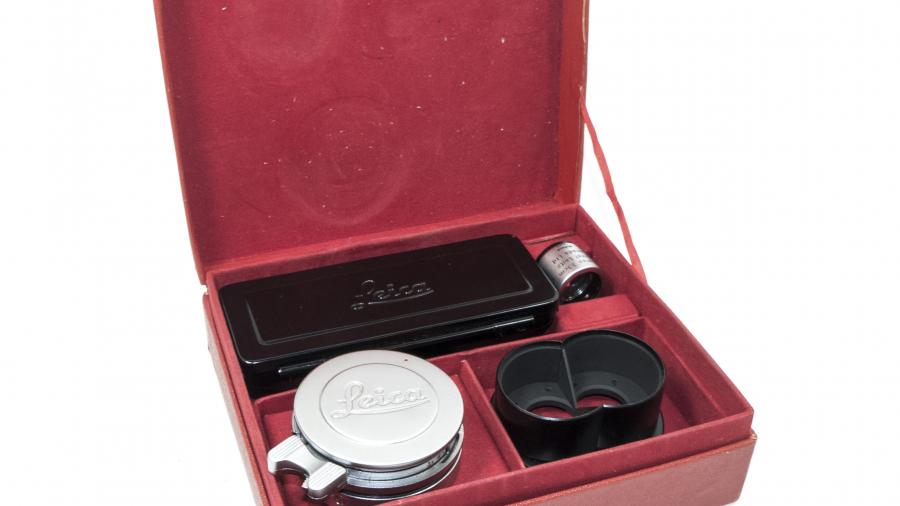
A beautiful complete stereo lens set from 1954
Read more Menu
Menu


A beautiful complete stereo lens set from 1954
Read more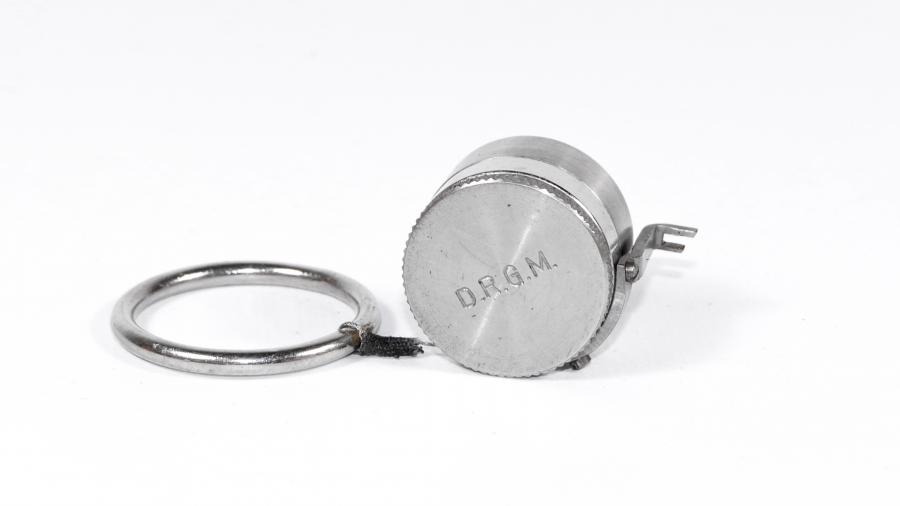
Very rare; in fact, this is only about the seventh one we've ever seen!
Read more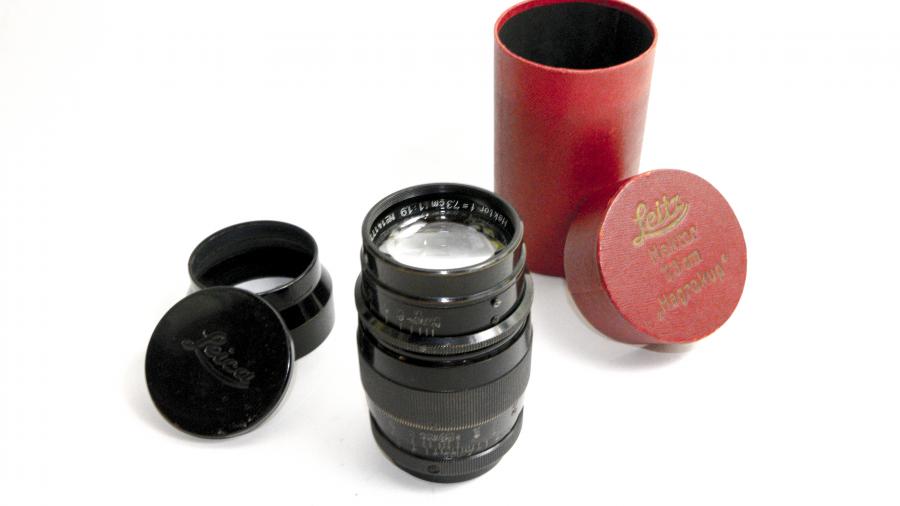
One of Leica's earliest fast portrait lenses.
Read more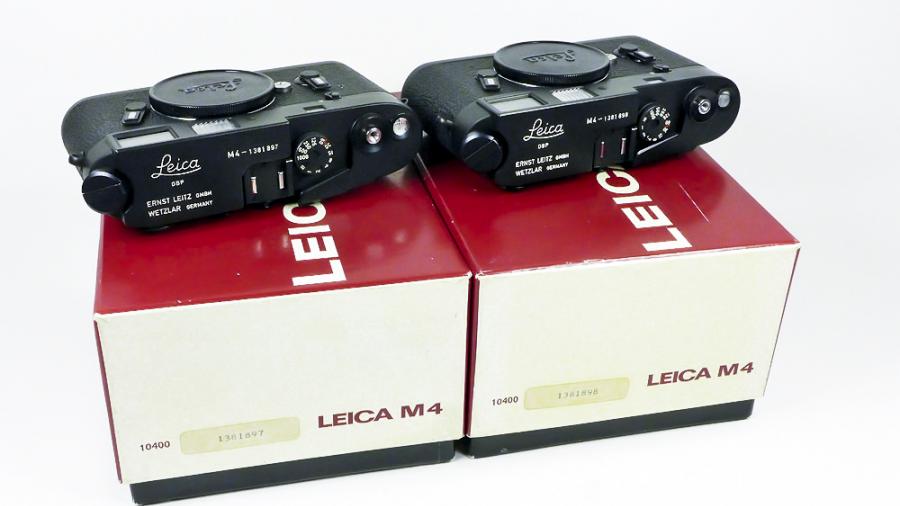
It is difficult enough to find one camera like this, let alone two with consecutive serial numbers. Available now and ready to shoot!
Read more
by Dan Tamarkin
”I’d rather have one and not need it, than need one and not have it.”
–a wise person

Mr. Salas had privileged access to Fidel Castro and the July 26 Movement revolutionaries as they hid in the Sierra Maestra Mountains in southeastern Cuba just before taking power in January 1959.
Read more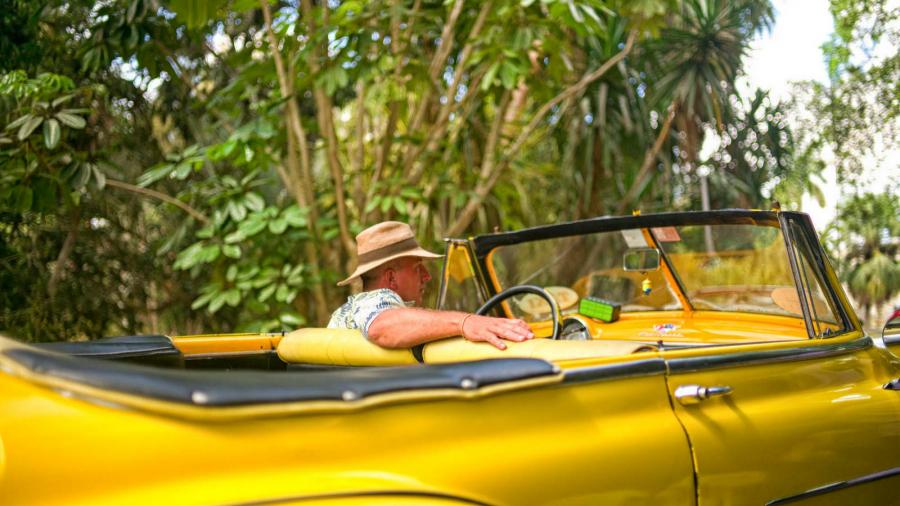
Cuba is a beautifully colorful place, with vibrant and warm people. It's a photographer's dream, whether you're walking the streets of Havana or strolling along deserted road in the countryside.
Join me his March for an amazing photographic opportunity traveling across Cuba. We'll even loan you a Leica for the trip!
Small group, big adventure.
Read more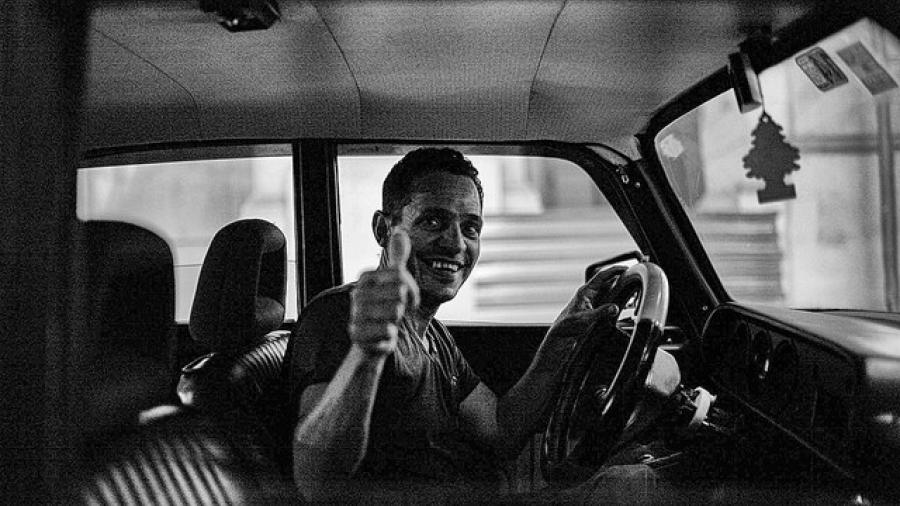
Usually my photography is in black and white because “color answers too many questions.” And the Leica M Monochrom camera and 35mm Summilux-M f1,4 lens are the perfect combination – light and fast, simple and versatile – allowing me to make photos in extremely low lighting conditions. Plus, the night is when things get good!
Read more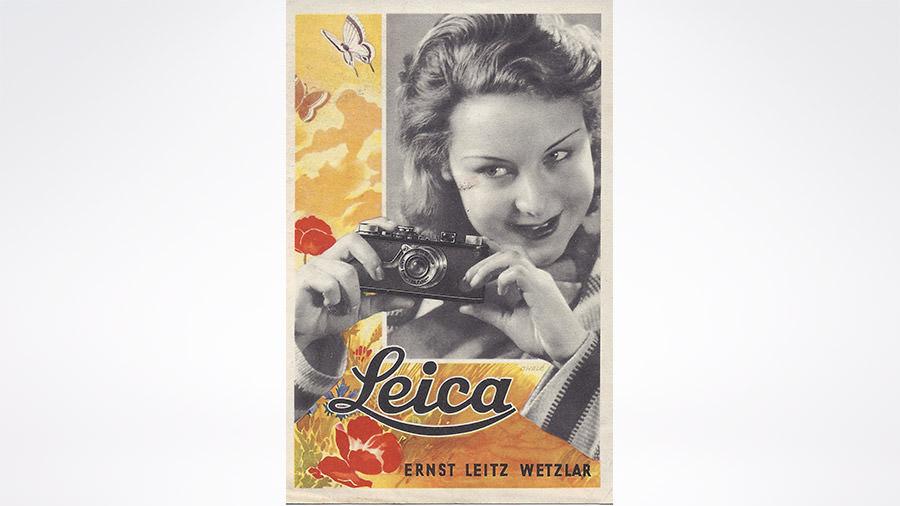
Leica brochures from the 1920s in color are quite rare. Color printing was expensive, and many paper products did not make the 80-plus-year journey from camera store counter to collector’s collection. This ad for the Leica I (model A) is one of my favorites from that early 35mm film camera era.
Read more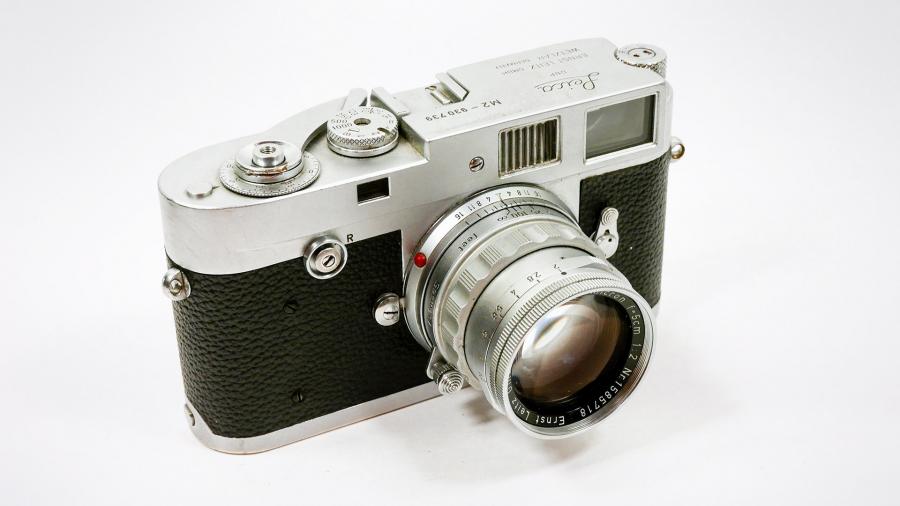
I’ve always been fascinated by cameras. And despite my “Leica pedigree” I started out like many do, with the Pentax K1000. It was years before I had saved enough to buy my first Leica.
Read more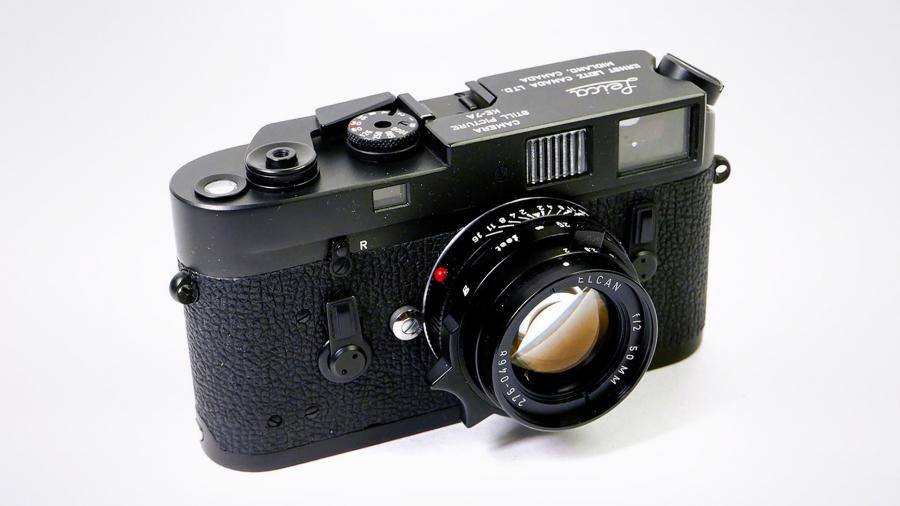
Made in Canada for the United States Army and specially engraved, this M4 special model can withstand temperatures down to -20 degrees Fahrenheit and is dust sealed. It’s otherwise identical to the production M4 camera.
Read more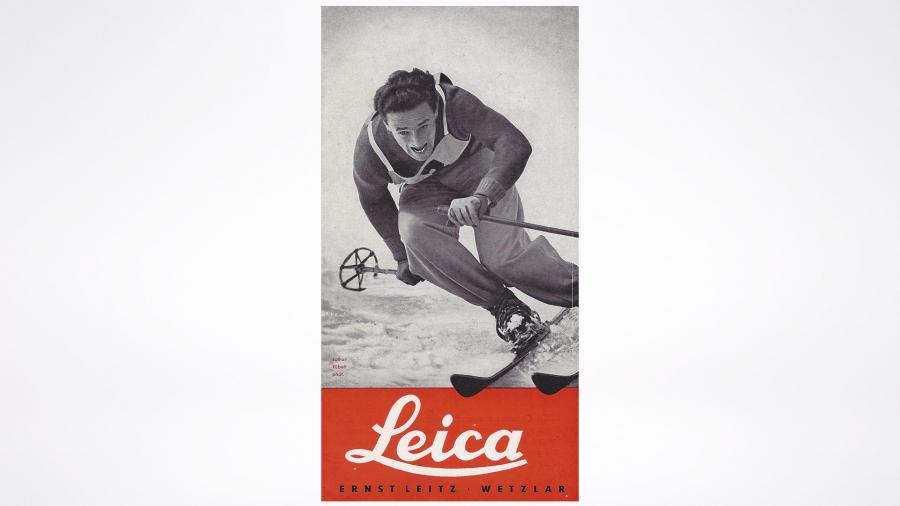
Leica brochures were well known for featuring action shots as a way to promote the speed of their lenses. By the 1950s some Leica lenses had maximum f-stops of f1,5 which was extremely fast for the time. And, as expected, they performed better than any other brand at the time.
Read more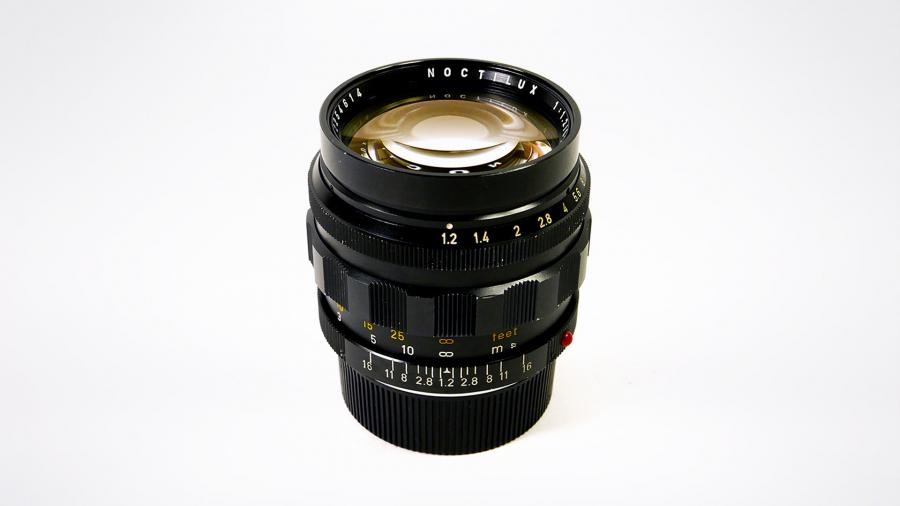
This was the world’s first production “aspherical” lens. A lens with an aspherical elements – generally speaking – means that one or more of the optic elements are asymmetrically ground (shaped), and this is helpful in creating a flatter field, better color rendition, and finer contrast and sharpness out to the image edges where lenses sometimes falter. This first Noctilux used hand-ground and shaped aspheres, and was less than 2,500 copies were made between 1966 and 1973. Quite rare.
Read more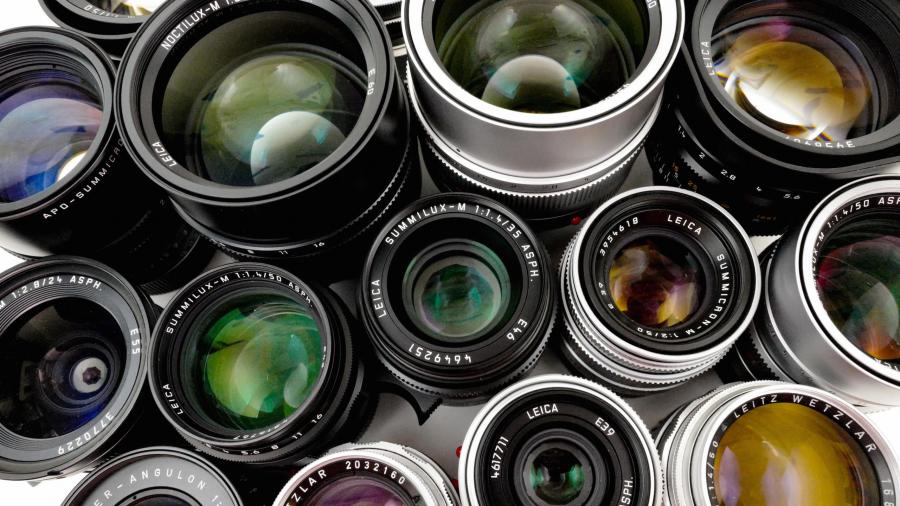
Leica Camera lenses are the finest optics on earth, and Leica Camera strives to create the best and innovate in the field of photography. Leica M lenses are compact, light and fast. That’s what makes them costly. But they’re made to last a lifetime – or longer. So, let’s pick the right one for you!
Read more